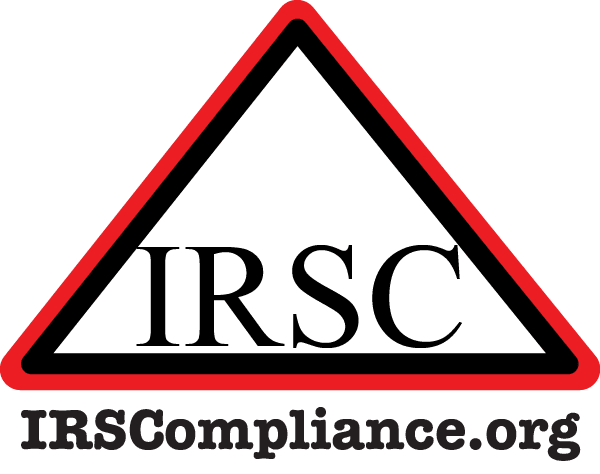The Internal Revenue Service reminds taxpayers that, in most cases, Monday, April 1, 2019, is the date by which persons who turned age 70½ during 2018 must begin receiving payments from Individual Retirement Accounts (IRAs) and workplace retirement plans. You cannot keep retirement funds in your account indefinitely. You have to start taking withdrawals Individual Retirement Accounts (IRAs) and workplace retirement plans.
Your required minimum distribution is the minimum amount you must withdraw from your account each year.
- You can withdraw more than the minimum required amount.
- Your withdrawals will be included in your taxable income except for any part that was taxed before (your basis) or that can be received tax-free (such as qualified distributions from designated Roth accounts).
Two payments in the same year
The payments, called Required Minimum Distributions (RMDs), are normally made by the end of the year. Those persons who reached age 70½ during 2018 are covered by a special rule, however, that allows first-year recipients of these payments to wait until as late as April 1, 2019, to get the first of their RMDs. The April 1 RMD deadline only applies to the required distribution for the first year. For all following years, including the year in which recipients were paid the first RMD by April 1, the RMD must be made by Dec. 31.
A taxpayer who turned 70½ in 2018 (born July 1, 1947, to June 30, 1948) and receives the first required distribution (for 2018) on April 1, 2019, for example, must still receive the second RMD by Dec. 31, 2019. To avoid having both amounts included in their income for the same year, the taxpayer can make their first withdrawal by Dec. 31 of the year they turn 70½ instead of waiting until April 1 of the following year.
Types of retirement plans requiring RMDs
The required distribution rules apply to owners of traditional, Simplified Employee Pension (SEP) and Savings Incentive Match Plans for Employees (SIMPLE) IRAs but not Roth IRAs while the original owner is alive. They also apply to participants in various workplace retirement plans, including 401(k), 403(b) and 457(b) plans.
An IRA trustee must either report the amount of the RMD to the IRA owner or offer to calculate it for the owner. Often, the trustee shows the RMD amount on Form 5498 in Box 12b. For a 2019 RMD, this amount is on the 2018 Form 5498 normally issued to the owner during January 2019.
Many answers to questions about RMDs can be found in a special frequently asked questions section at IRS.gov.
